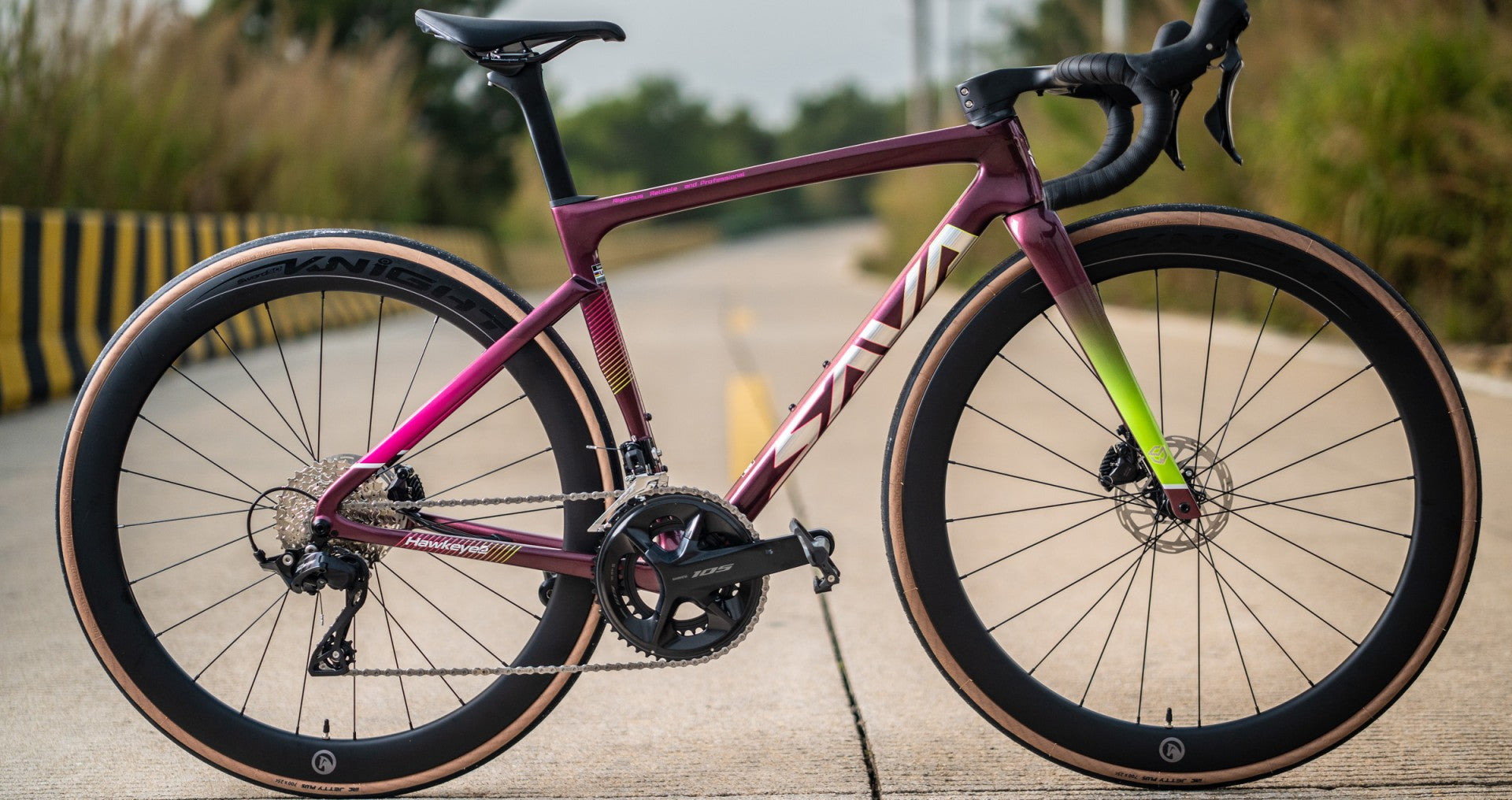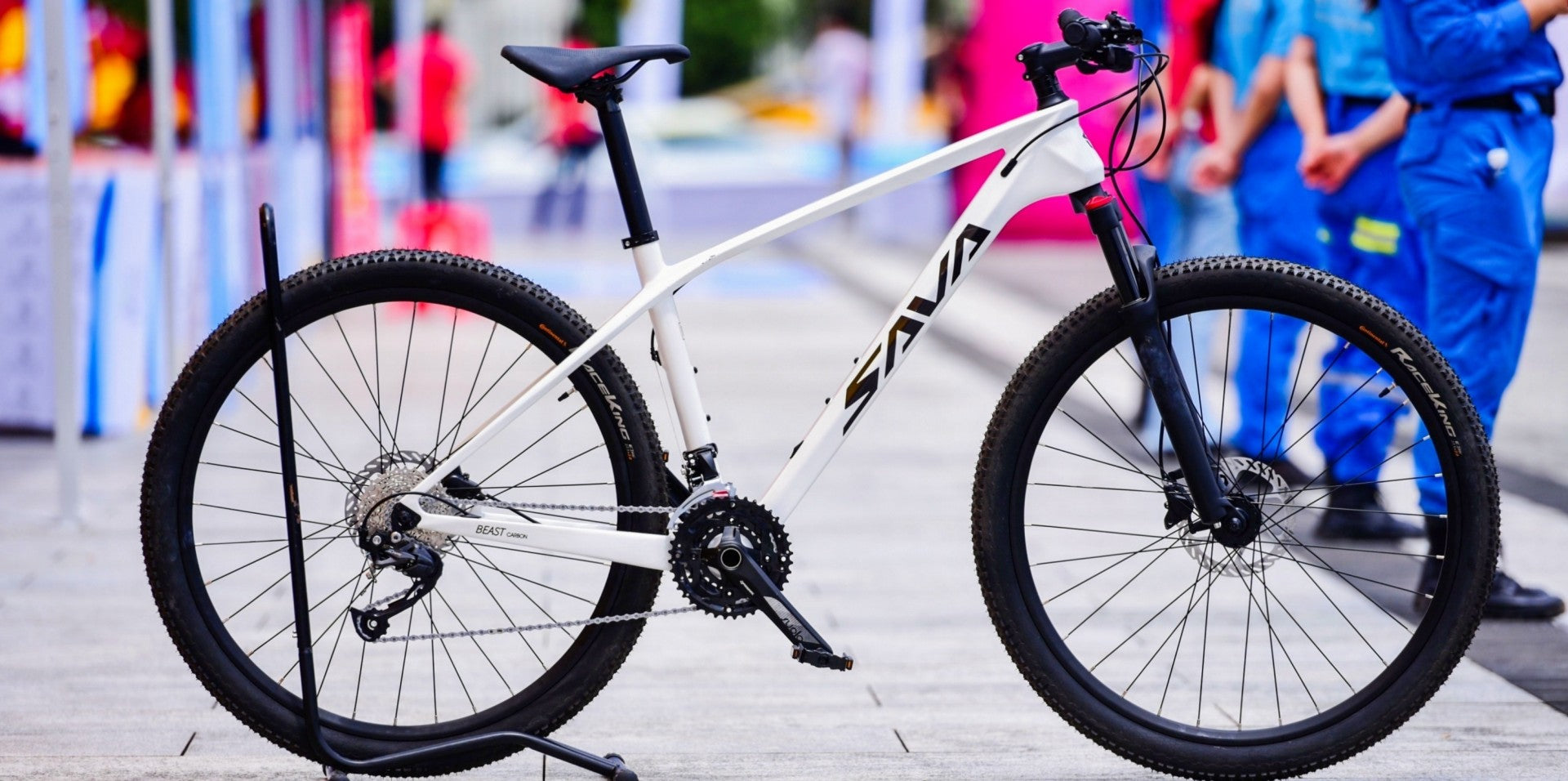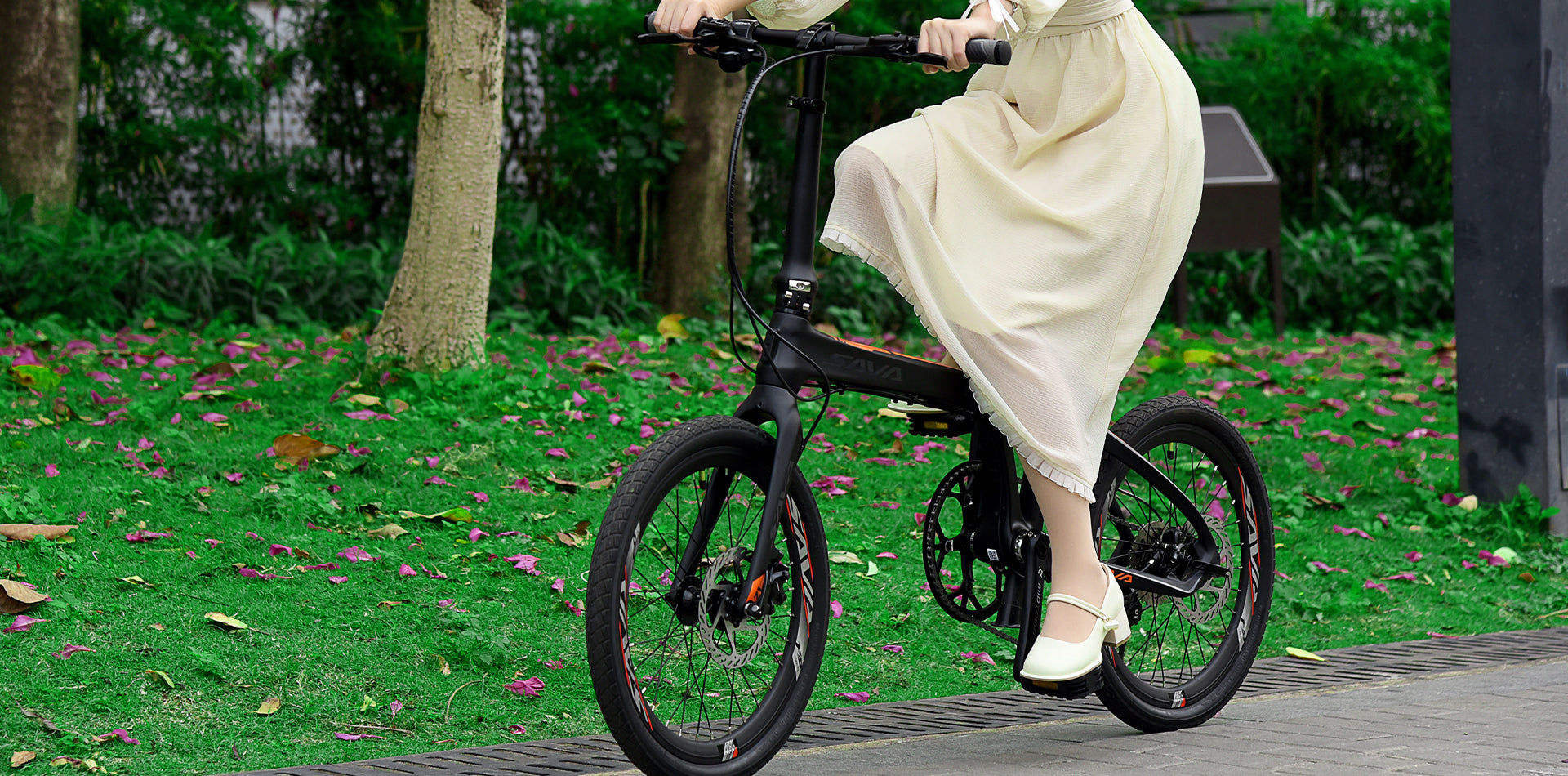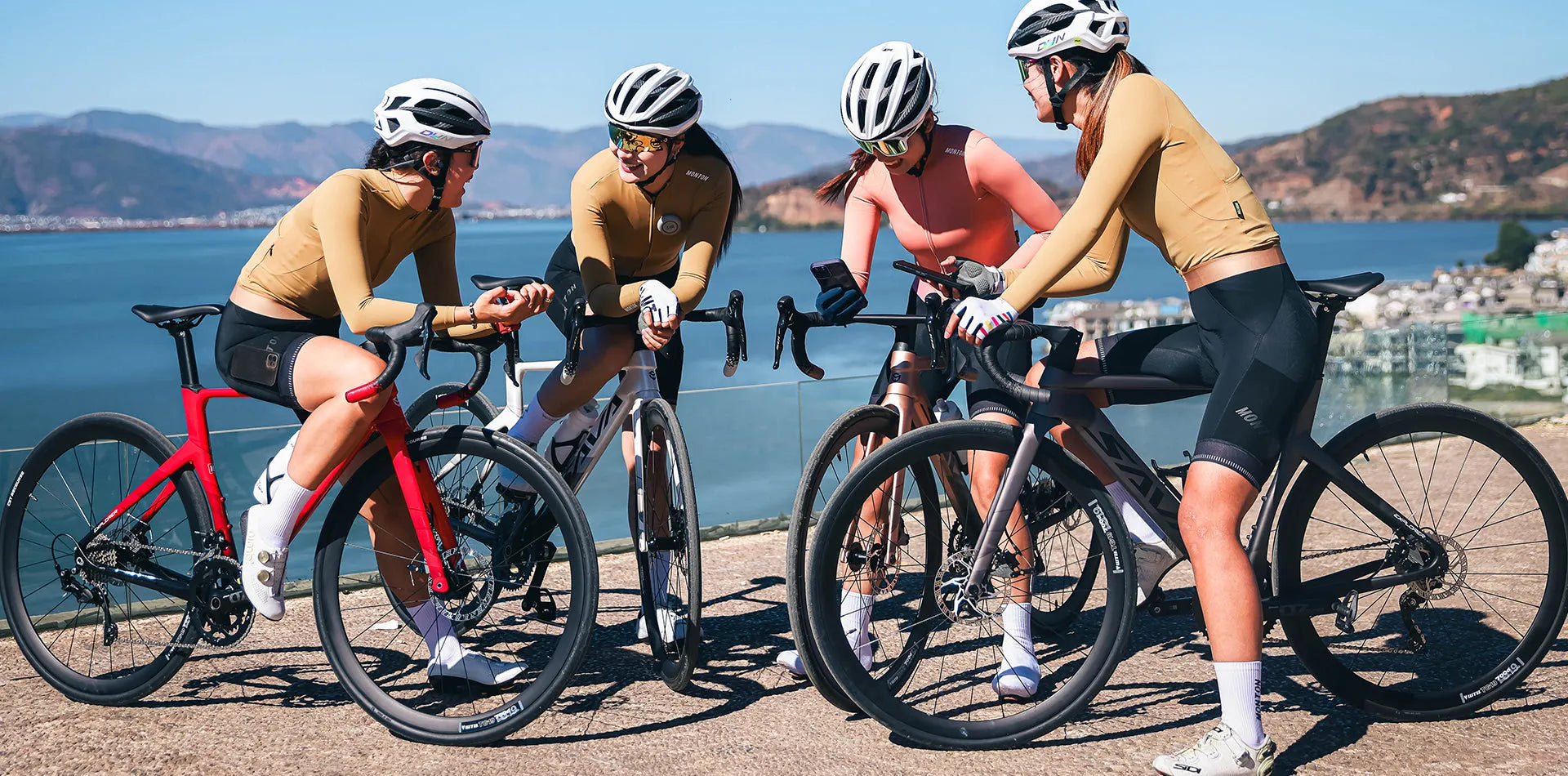Choosing a road bike frame: climbing vs. Comprehensive Frame vs. aero frames
When it comes to choosing a bike frame, there are several factors to consider. One of the key decisions you'll need to make is whether to go for a climbing, endurance, or aero frame. Each type of frame is designed with specific characteristics that cater to different riding styles and preferences.
What are the key differences between climbing, endurance, and aero frames?
Climbing frames are typically lightweight and stiff, making them ideal for tackling steep ascents and maximizing power transfer. Endurance frames, on the other hand, prioritize comfort and stability, making them well-suited for long rides and rough roads. Aero frames are designed to reduce drag and increase speed, making them a popular choice for competitive cyclists looking to shave off seconds.
Climbing frame:

Purpose: Climbing frames are mainly used for events and rides where climbing is often required, such as mountain races, multi-day mountain stages, or anything where light weight is in high demand.
Trade-off: While a climbing frame offers the benefits of light weight, it may sacrifice some comfort and wind resistance performance. This is because in order to reduce weight, it may be necessary to reduce some of the features used to increase comfort or launch optimization
Design Purpose: The main goal of a climbing frame is lightness, because when climbing, the weight of the bike has a significant impact on speed and efficiency.
Characteristics: These frames are often made from ultra-light materials (such as high-grade carbon fiber), have compact frame geometry, and are stripped of extra features that might add weight. Tubing is often optimized for the best stiffness-to-weight ratio.
Advantages: Lightweight: Climbing frames are usually designed to be lighter, making climbing easier
Stiffness: These frames are usually more rigid, providing higher power transfer efficiency
For example: SAVA Aurora 7.2 ,Specialized Tarmac, TrekEmonda, CerveloR
Canyon Ultimate is a climbing frame series.
Comprehensive Frame:

Design Purpose:The goal of a composite frame is to provide the rider with a frame that is suitable for a variety of trail conditions and riding needs, whether it's a flat speed section, a twisty descent, a challenging climb, or a long comfortable ride.
Characteristics: These frames are typically designed to balance lightweight stiffness, comfort, and aerodynamic performance. They may feature some aerodynamic optimization, but will not stand out as much as a purely aerodynamic frame. Material choices and frame geometry also aim to provide good stiffness and comfort.
Purpose:Comprehensive frames are for riding kings who want to excel in a variety of events and rides, especially those who don't want to buy multiple bikes for specific events or types of rides.
Trade-off:While Comprehensive frames offer good performance in several areas, they may not be optimal in any single area. For example, they may be slightly heavier than specialized aero frames, or slightly less aerodynamic than specialized climbing frames.
For example: SAVA Hawkeye F20,Trek Domane ,Canyon Endurace
aero frames

Design Purpose:The main goal of an aerodynamic frame is to reduce wind resistance so that the rider can move faster, especially at high speeds.
Characteristics:These frames typically have a slimmer, flatter tubular structure to help cut through the wind and allow air to flow smoothly around the frame. Many aerodynamic bikes are internally aligned to the frame will also have integrated components to further reduce wind resistance caused by protruding parts.
Purpose:Pneumatic frames are primarily used for competition and time trials, where every second counts. However, in recent years, more recreational riders and amateur racers are choosing pneumatic frames as well, as technology advances and consumers continue to seek speed.
Trade-off:While aerodynamic frames offer wind resistance advantages, they're typically a bit heavier than non-aerodynamic frames. and may sacrifice some comfort. In addition, pneumatic frames tend to be more expensive than traditional frames.
For example:SAVA AK105,dream maker,falcon,R7 Di2,R8 Di2
Which frame is best for you?
If you're a rider who enjoys tackling challenging climbs and prioritizes weight and stiffness, a climbing frame may be the best option for you. On the other hand, if you prefer long rides and prioritize comfort, an endurance frame could be the way to go. If speed and aerodynamics are your top priorities, an aero frame may be the best choice for you.
Consider your riding style and goals
Ultimately, the best frame for you will depend on your riding style, goals, and preferences. Consider where and how you ride most frequently, as well as your performance goals. Consulting with a bike expert or getting a professional bike fitting can also help you make an informed decision.
Whether you choose a climbing, endurance, or aero frame, each type offers unique benefits that can enhance your riding experience. By understanding the differences between these frames and how they align with your riding style, you can make an informed decision that will help you get the most out of your cycling adventures.









Deja un comentario